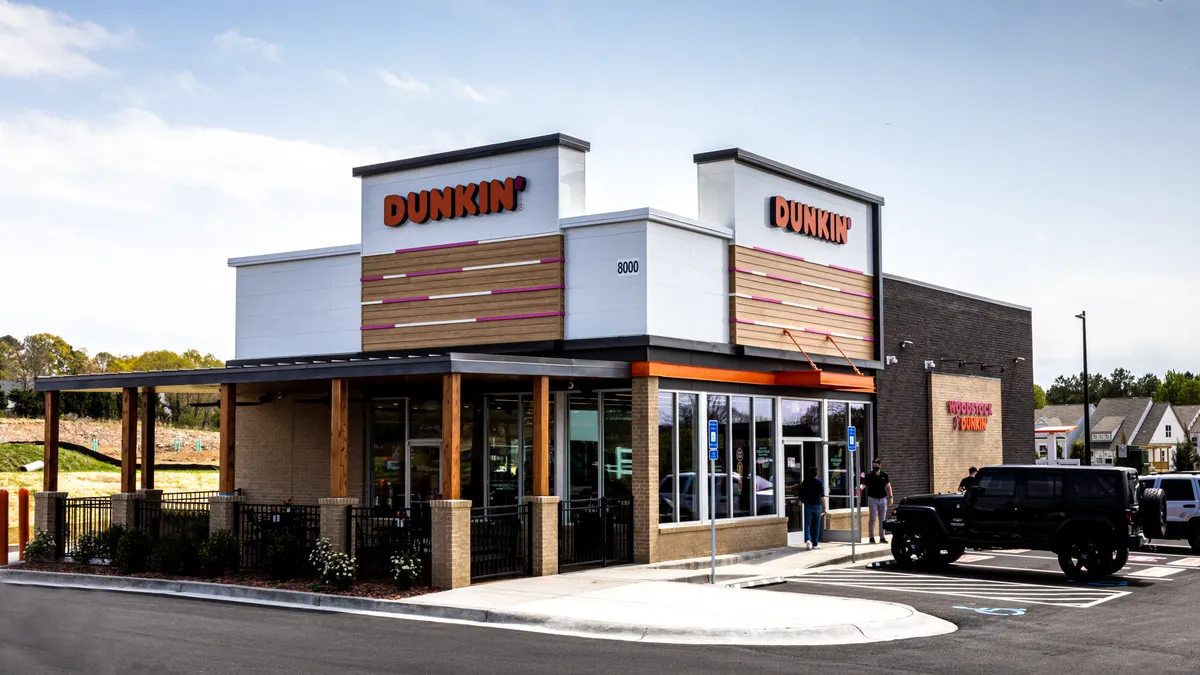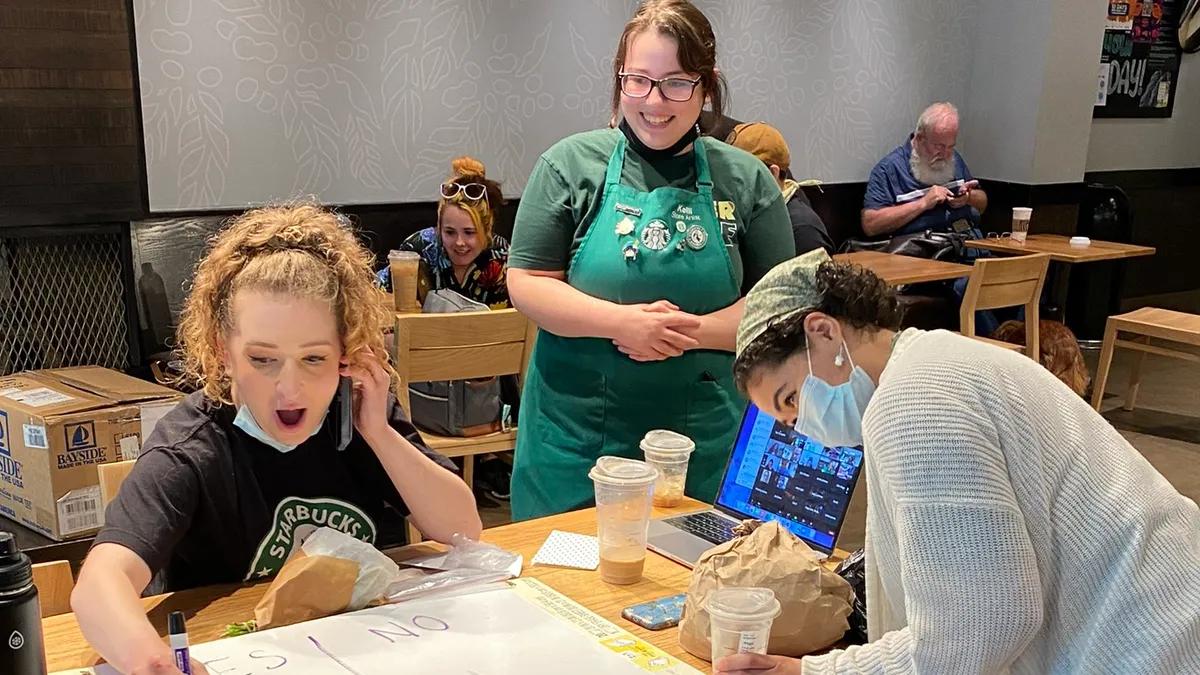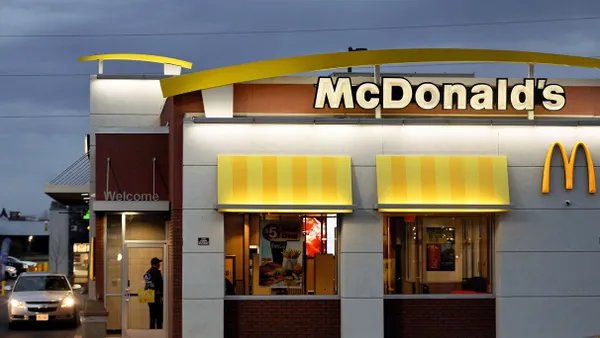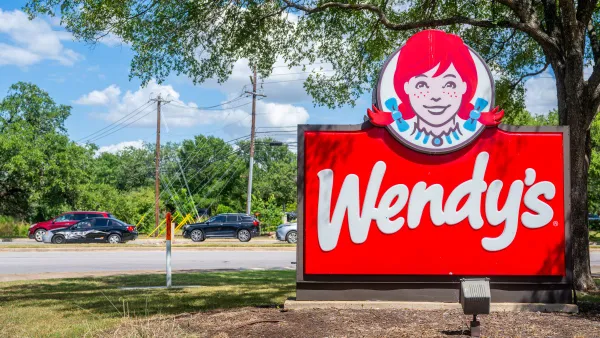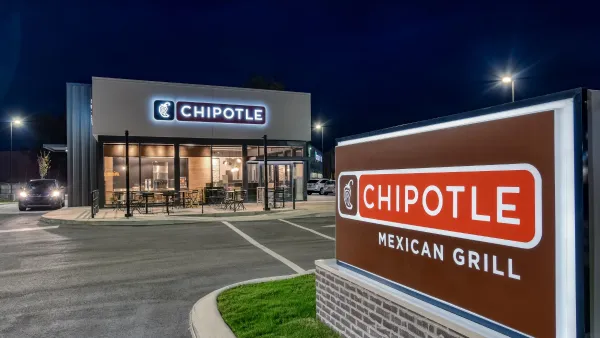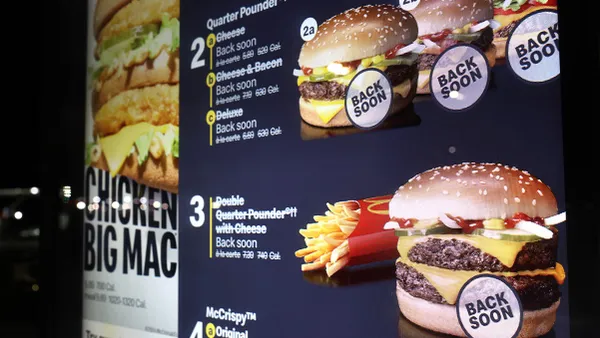Dive Brief:
- The National Restaurant Association projects restaurant and foodservice industry sales for 2021 will total $789 billion, according to the organization's State of the Restaurant Industry Mid-Year Report released Tuesday. The association previously projected sales to reach $731 billion in a report it released earlier this year.
- Citing increased consumer spending that resulted in consumers ordering takeout more frequently and increasing their on-premise visits, the NRA increased its sales projections for eating and drinking places from $548 billion to $609 billion. This includes increased sales projections for the full-service and limited services segments, as well as bars and taverns.
- While the estimated total sales across the industry is 19.7% higher than 2020 numbers, sales are still more than 8% lower than 2019 sales. Restaurants also continue to face ongoing labor and supply chain issues, rising wholesale food costs and shifts in diner behavior as delta variant COVID-19 cases rise across the U.S.
Dive Insight:
Diner demand is still strong, though softening slightly, which bodes well for continued restaurant recovery. In April 2020, 83% of adults said they wanted to dine in more often while 52% said they wanted to order takeout or delivery more frequently. Those numbers have decreased to 50% for dine-in and 28% for takeout/delivery as of June, according to the report.
Demand to dine-in is still higher than pre-pandemic levels, however, with 45% of adults saying they wanted to eat on-premises more often in January 2020. This is a good sign of ongoing demand among consumers even as cases of the delta variant rise across the country.
"We expect restaurant pent-up demand will remain high in the coming months," Hudson Riehle, Senior Vice President of Research for the National Restaurant Association, said in a press release. "However, in this state of flux, maintaining the availability of on-site dining with few capacity restrictions will be critical to keeping the overall sales momentum going forward, especially for fullservice operators."
Even though 19% of diners said they stopped dining out due to coronavirus fears, operators' biggest concerns remain recruitment and retention. Seventy-five percent of restaurateurs said that these were their top challenges in July, representing the highest level in the nearly 20 years NRA has facilitated this survey. Comparatively, in January 2020, 49% of operators said recruitment and retention was their top challenge. The industry is still about 1 million employees shy of reaching its pre-pandemic numbers, but continues to face high turnover rates, especially amid increased employee concerns over safety, burnout and customer harassment.
Restaurants have also increased menu prices by 3.9% as of June 2021, the highest annual price increase in the last 13 years, according to the U.S. Bureau of Labor Statistics cited in the report. Prices are up largely due to increases in labor and food costs — wholesale food prices have gone up at their fastest rate in seven years, the report said.
Maintaining operations amid changing regulations is an ongoing challenge for restaurants as well. McDonald's has recommended that its franchisees close dining rooms in areas where coronavirus cases are high. Cities are also increasingly requiring proof of vaccination or mask mandates for indoor dining, putting the onus on operators once again to enforce coronavirus policies.
While the environment will remain challenging for some time to come, restaurants do have some bright spots ahead. Alcohol to-go has become permanent in 17 states, including Washington, D.C., which can help boost off-premise sales by 5% to 10%, according to the report. Off-premise usage across all three dayparts remains high and outdoor dining usage across the industry remains high at 57% of usage as of April, and 84% of consumers said they are in favor of restaurants setting up tables on sidewalks, parking lots or streets permanently.





